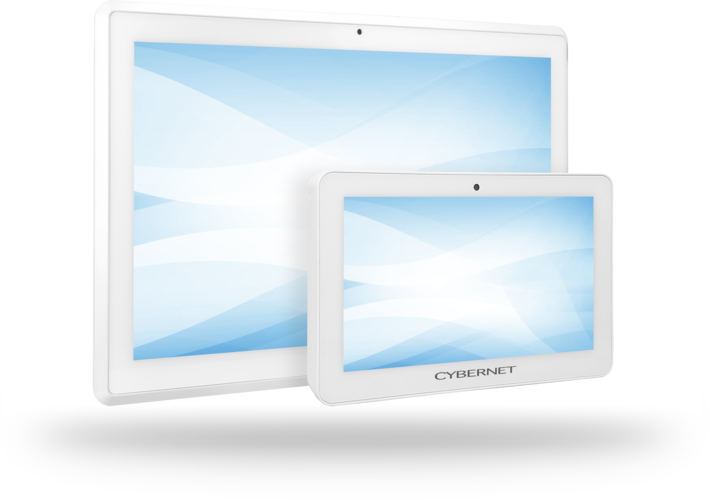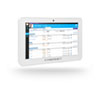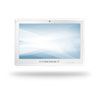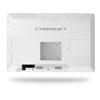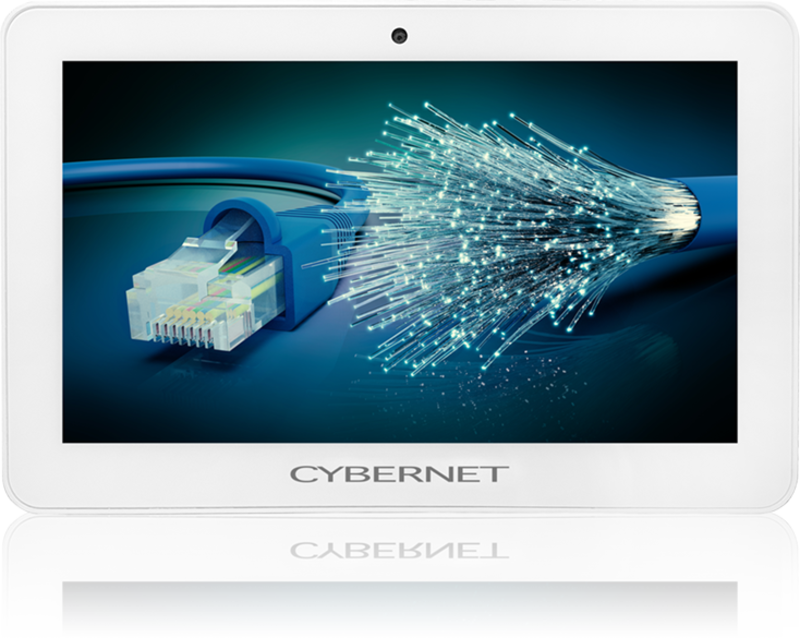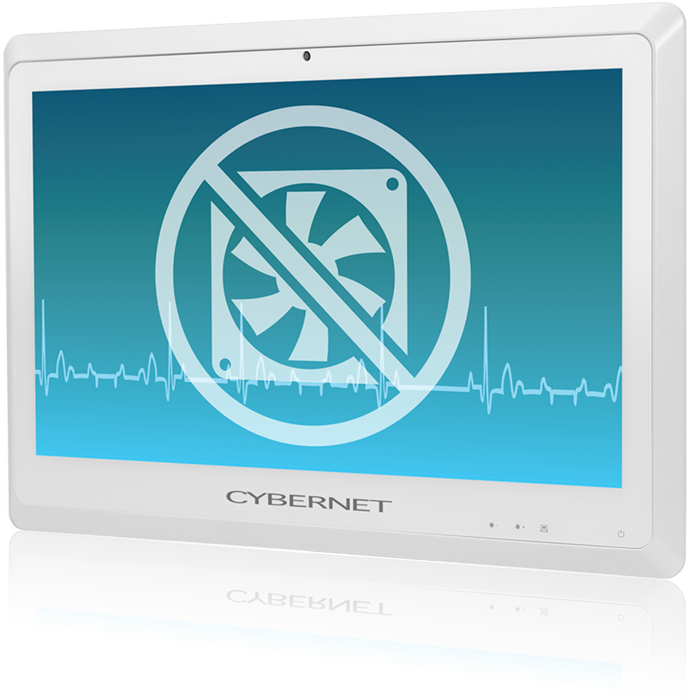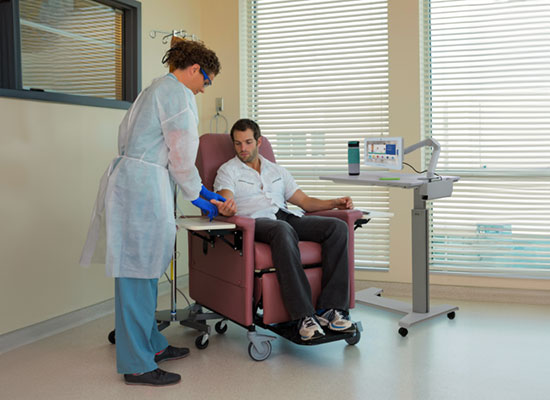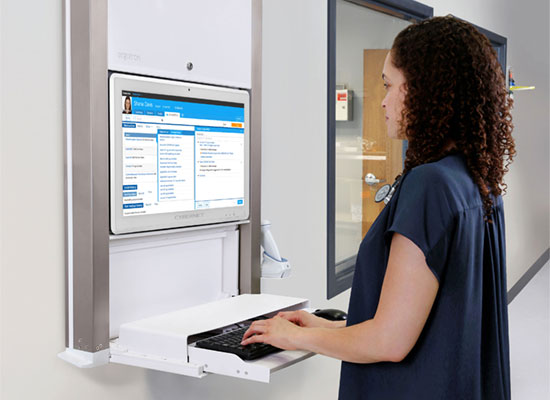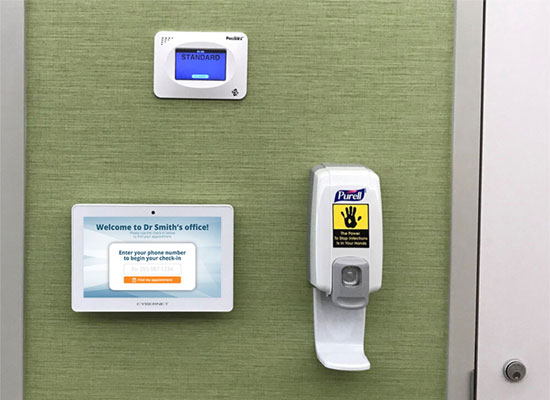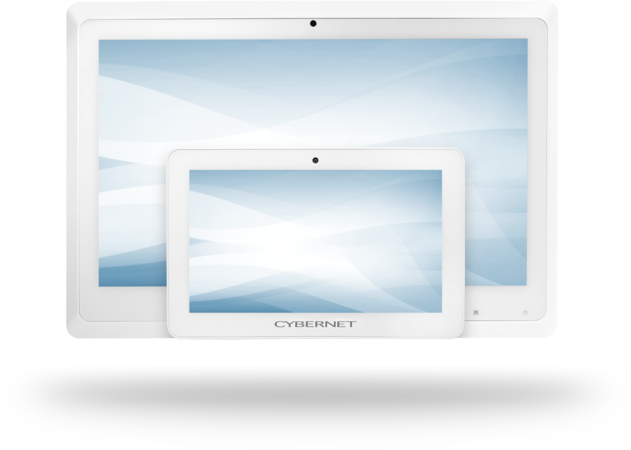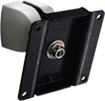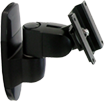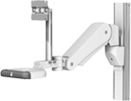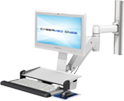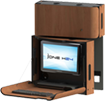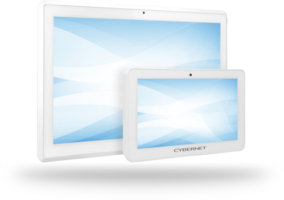|
Display
|
22": FHD LED Panel | 1920x1080 | 250nits | 178°/178° Viewing Angle | 3000:1 Contrast Ratio
12": FHD LED Panel | 1920x1080 | 300nits | 178°/178° Viewing Angle | 800:1 Contrast Ratio
|
|
CPU Support
|
Intel Quad Core J1900 CPU
|
|
Chipset
|
Integrated
|
|
Memory
|
1x DDR3L 1333MHz SO-DIMM sockets, populated up to 8GB
|
|
Operating System
|
Windows 10, Windows IoT, Windows 8.1, Windows 7, Linux
|
|
Video & Graphics
|
Intel HD Graphics
|
|
Touch Screen
|
PCAP Multi-Touch with Optional Antiglare Technology (22" Only)
|
|
Networking
|
1x Gigabit (Gbe) Intel i210 | 1x Gigabit (Gbe) Realtek RTL8111
|
|
Wireless
|
802.11 a/b/g/n + Bluetooth 4.2
|
|
BIOS
|
Insyde with PXE, LAN & USB boot support
|
|
Expansion Slots
|
1x Full-size Mini PCI Express slot (Unavailable with POE Option)
1 x M.2 2230 A/E Key
|
|
HDD Support
|
1x 128GB Solid State Drive up to 512GB
|
|
TPM
|
Version 2.0 Standard. Optional: Version 1.2
|
|
Webcam
|
5 Megapixel Front-facing
|
|
Color
|
White with Antimicrobial* Germ Protection
|
|
Power Supply
|
72W Medical Grade PSU. Input: AC 100-240V, 1.5A 50-60Hz. Output: 19VDC, 3.78A
12V/24V Support with Optional DC Converter
|
|
Waterproof
|
IP65 Sealed Front Bezel and IPX1 Back Cover
|
|
Dimensions
|
CyberMed M22: 21.75" x 14.50" x 1.92" (L,W,D)
CyberMed M12: 12.06" x 7.76" x 1.42" (L,W,D)
|
|
Weight
|
CyberMed M22: 15.35 lbs
CyberMed M12: 3.6 lbs
|
|
Wall Mount
|
Supports 75mm VESA mounting holes
|
|
Environment
|
Operating Temperature: 0°C~40°C
|
|
Relative Humidity
|
10%~90% (non-condensing)
|
|
Certifications
|
cUL/IEC60601-1 3.1 Edition, EN60601-1-2 4th Edition, FCC Class B, CE, ES 7.1, IP65 Sealed Front Bezel
|
|
I/O Ports
|
4x USB 3.0 Ports
1x Audio Combo Jack
1x HDMI Port
1x RS232, option to expand to 4 COM ports
|
|
Audio
|
Realtek ALC269 High Definition Audio. Two audio jacks for Audio Line Out, and Microphone.
22": Two built-in 2.0 watt stereo speakers
12": One built-in 2.0 watt stereo speaker
|
|
Warranty
|
3 Years* Standard with Optional Plans up to 5 Years
|
|
|
Notes:
*Only for US-based customers.
|
